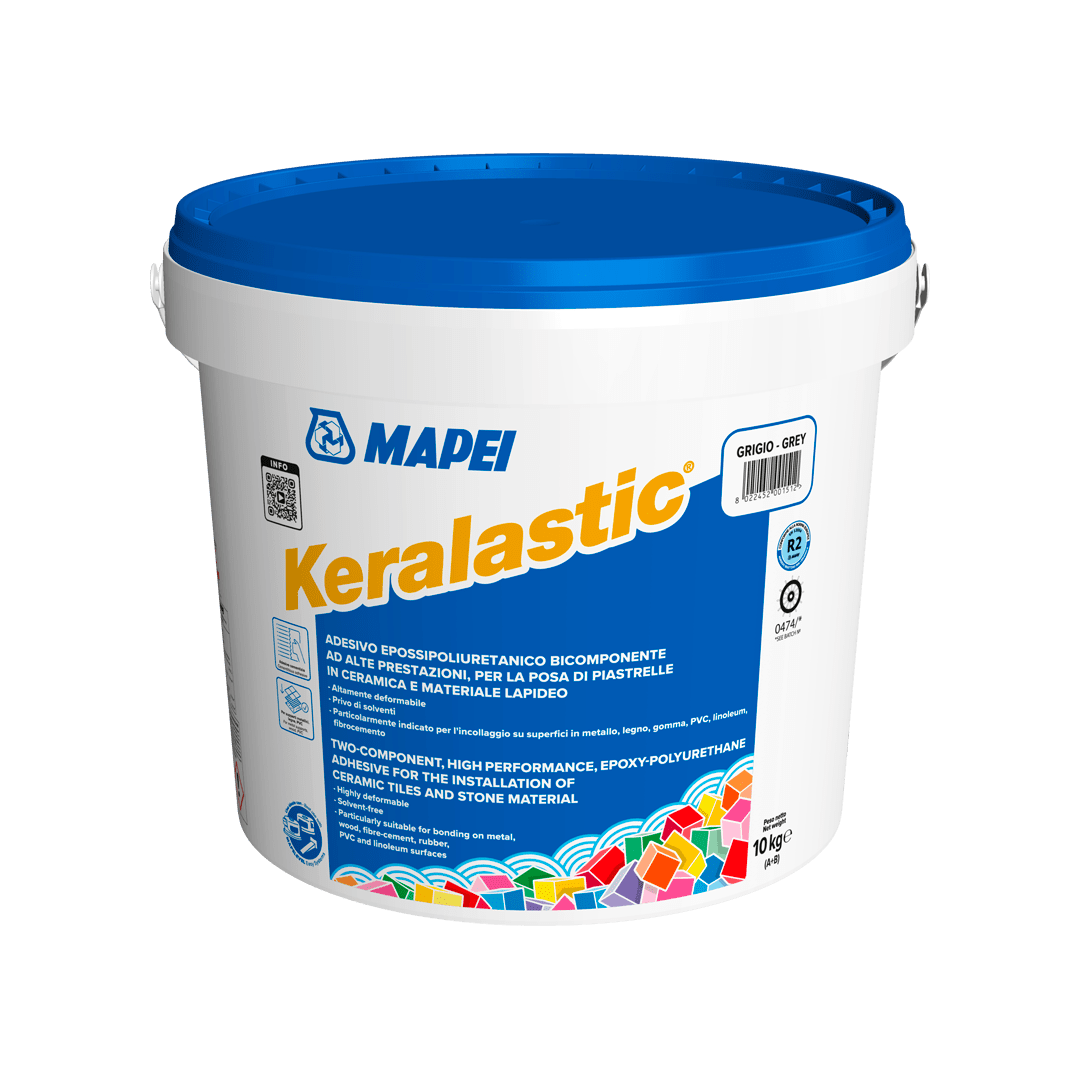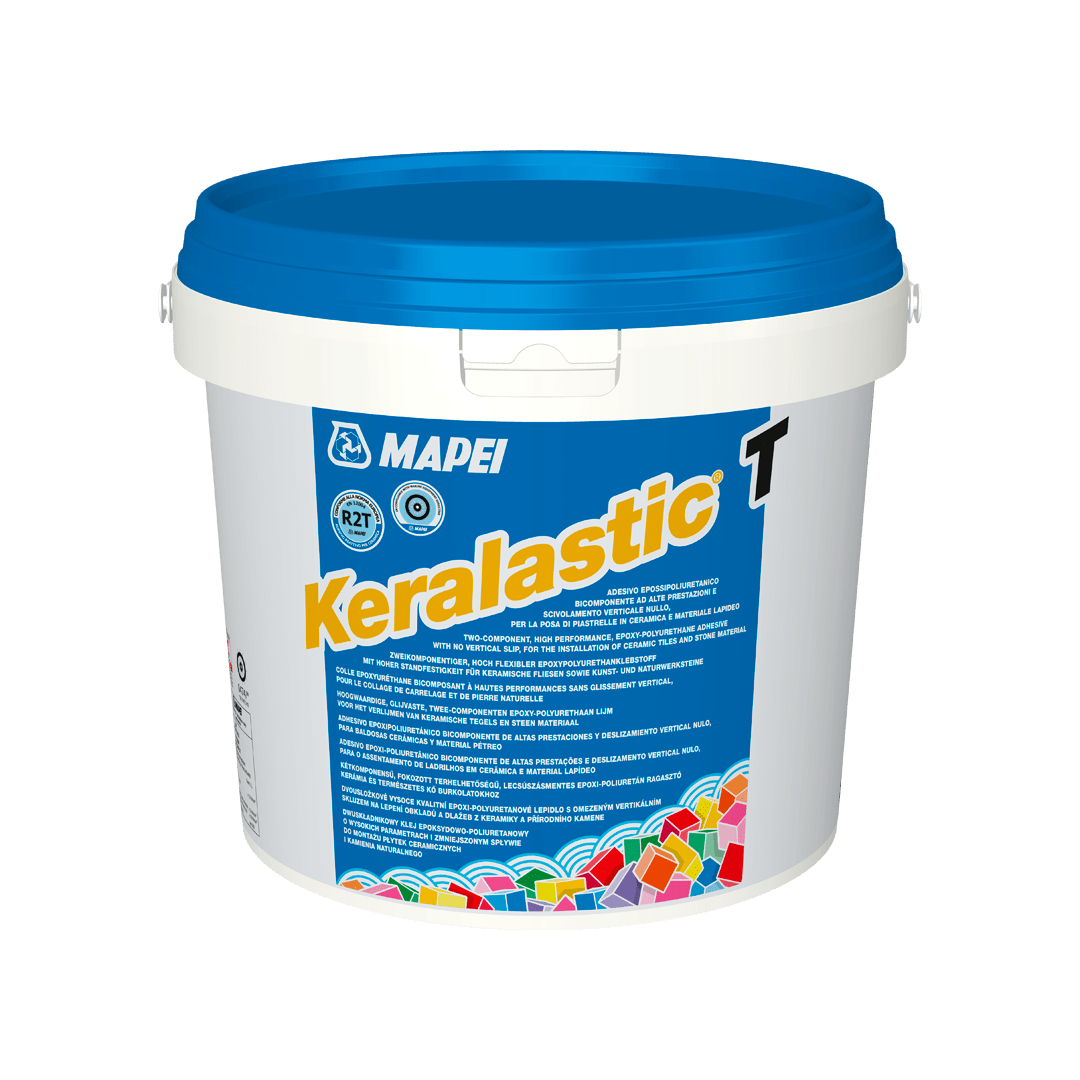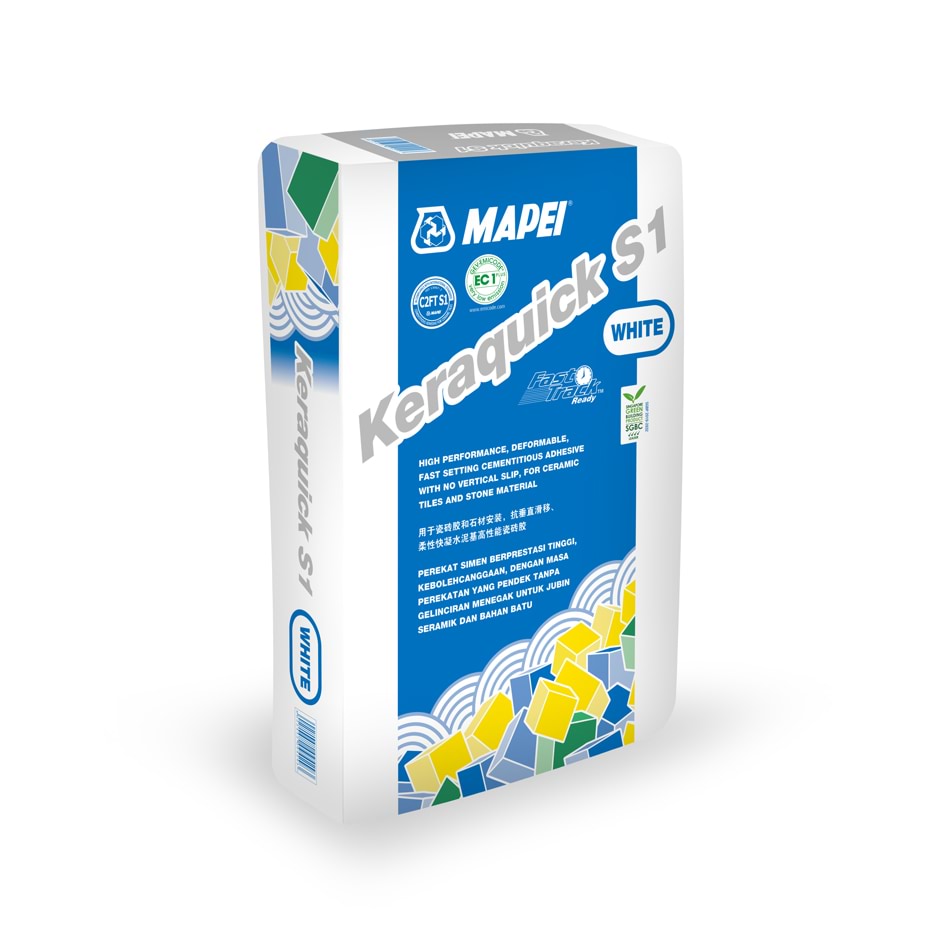Stones (marble and granite), being natural products, can be porous and moisture sensitive. To identify how porous a tile or stone is, drop a small amount of water on the surface and you can see that water slowly gets absorbed by the surface. The natural structure of the stone has open pores that allow moisture to enter and may create moisture marks or discoloured patchy areas after they dry. Porosity varies by stone type.
Installers may come across staining on stone-surfaced floors or walls a few weeks or months after installation. Stains are unsightly and can be difficult to remove and can require re-tiling, which is time consuming and expensive. Thankfully, it is possible to prevent this.
Moisture marks in the stone installation are mainly caused by:
Prevention is always better than cure. So, what can be done to prevent the issue of moisture marks on stones?
Fast-setting adhesives* are effective in humid and poorly ventilated site conditions, especially for stones that are sensitive to moisture. The setting time for the adhesive to cure is rapid such that the moisture residual content is greatly reduced. Fast-setting adhesives are denoted by class F. Its characteristics include early tensile adhesion strength - at least 0.5 N/mm² after only 6 hours (in accordance to the standards of EN 12004 & ISO 13007-1).
Reactive adhesives^ typically come in the form of epoxy-based or polyurethane-based types. They do not contain water and hence present less issue with moisture absorption. Reactive adhesives are classified as follows:
- “R1” if their shear adhesion strength is 2 N/mm² after dry curing and immersion in water.
- Class “R2” if their shear adhesion strength is at least 2 N/mm² after thermal shock.
Open time for all reactive adhesives must be at least 20 minutes with tensile adhesion strength of at least 0.5 N/mm2.
It is important to ensure that the substrate is properly cured, completely dry and that all hygrometric shrinkages have taken place. Screed mortar beds are to dry out in a well ventilated environment and with low percentage of residual moisture content before carrying out the stone installation. Take care not to cover the floor with protection too early, to assist in drying.
When in doubt, conduct site trials to establish stone sensitivity to moisture by observing stone’s reaction towards normal-setting and fast-setting adhesives. Do it right from the start and prevent costly mistakes and rectification work.
* Our range of Rapid setting adhesives: Keraquick S1, Granirapid, Elastorapid
^ Our range of Reactive adhesives: Kerapoxy Adhesive, Keralastic, Keralastic T
Contact Mapei Singapore for your projects.
About Mapei:
Founded in Milan since 1937, Mapei is today a world leading producer of adhesives and complementary products for the laying of all types of floor, wall and coating materials. Mapei’s specialty lies in products for ceramics and stone materials, among other product lines. Mapei’s adhesives for tiles and stones are certified according to international standards and are SGBC certified. Experience proven by numerous notable projects worldwide.
Factors affecting tile adhesion during tile installation
Reasons why tiles buckle





